Hiker, know thyself – 5 questions to ask yourself before hitting the trail
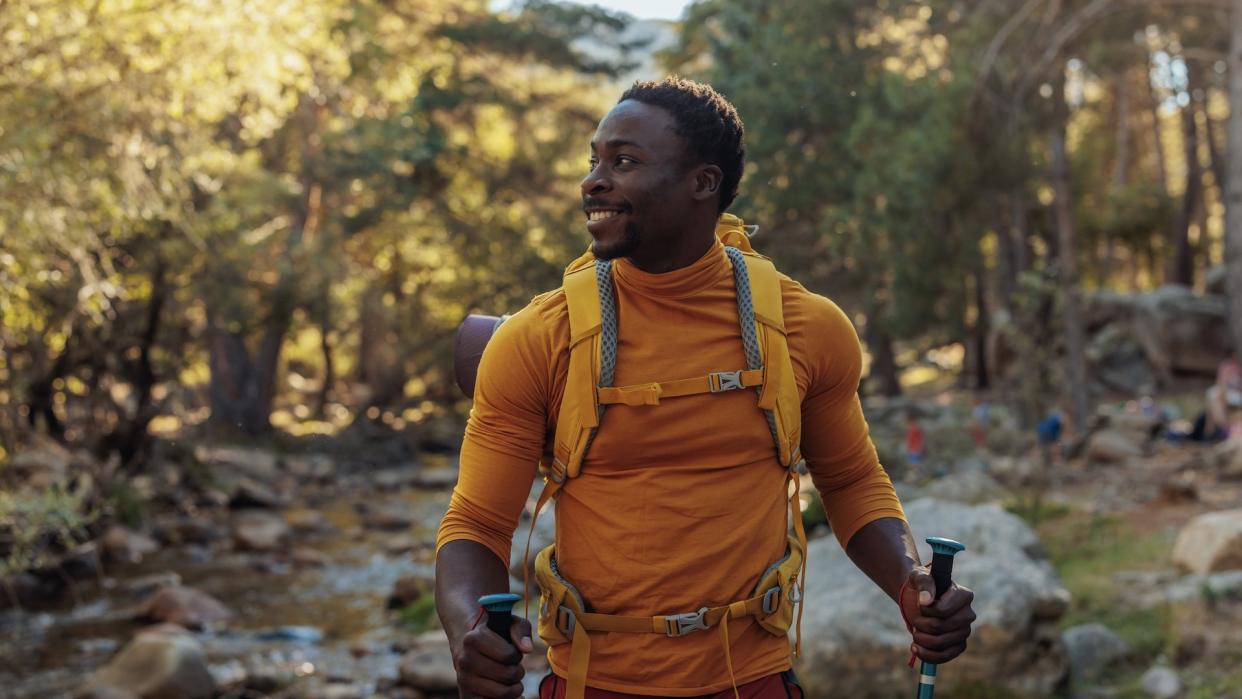
Whether you’re heading out on your first hike or your 50th 14er, there’s a lot you need to know to make sure you’re ready and stay safe. Online hiking trail reviews and guidebooks can tell you a lot in terms of trail stats such as distance and elevation gain as well as the nature of the terrain, but the condition and difficulty of the trail are only half the puzzle. As it turns out, knowing yourself is just as important when it comes to figuring out if you’re ready to take on a trail.
The difficulty is that knowing yourself, really knowing yourself, is much harder than investigating a trail. As human beings, we have egos that don’t really like to admit that we’re not tough enough for some hiking trails, or that we might lack the skill that it takes to tackle certain mountains. Because I’ve been hiking for decades, from the Rockies to the Alps, I tend to assume I can take on anything – yet I’ve found myself horizontal and winded after stepping on ice that looked like snow without crampons, I’ve got lost and I’ve very nearly run out steam on a few adventures. Luckily, my mishaps haven’t ended in total disaster, but I’m aware that that really is down to pure luck.
To know what we're capable of, we have to be brutally honest and admit our shortcomings. We have to be able to see our own blind spots, which by definition is impossible. The upside, though, is that being a little more honest and a lot more humble can help you stay alive on the trail. To help you out, here are five questions to ask yourself before going on your next hike to make sure you’re ready.
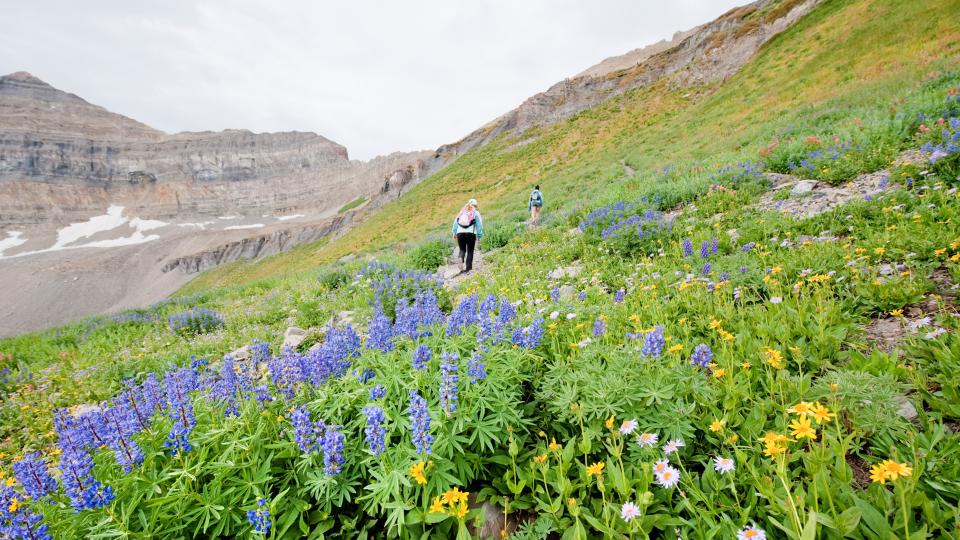
1. Am I fit enough?
Many of us go hiking to get in shape, but there’s a lot of wisdom in getting in shape to go hiking. If you’re planning a short, relatively easy walk close to home, that’s a great way to start building up strength in your legs and lungs, but the further you plan to hike and the more difficult the trail, the more you want to have built up a certain degree of fitness before setting off.
When I spoke to Lochaber Mountain Rescue’s Mike Pescod about hiking Ben Nevis, Scotland’s highest mountain, he explained that most summer callouts are the result of people underestimating the impact of the downhill hike and getting too tired to continue. Of course, most accidents like sprained ankles and falls happen when you’re tired and not being careful about where you place your feet.
Remember, you need to be fit enough to not just get to the summit, but all way back to the trailhead afterwards. Hiking uses specific muscles in a specific way and though going to the gym three times a week or running regularly won’t hurt, it’s not likely to have you in top hiking condition. I can’t recall the number of times I’ve seen extremely muscular, fit people being destroyed by a hike.
Hiking itself is the best training ground for hiking, and to know if you’re ready for a bigger adventure, it helps to have done something similar – within around two miles and 1,000 feet of elevation gain – to be sure you’re ready.
Bottom line: if you have a big peak like a 14er or a Munro on the wishlist this year, start building up to it by increasing your distance and elevation gain gradually.
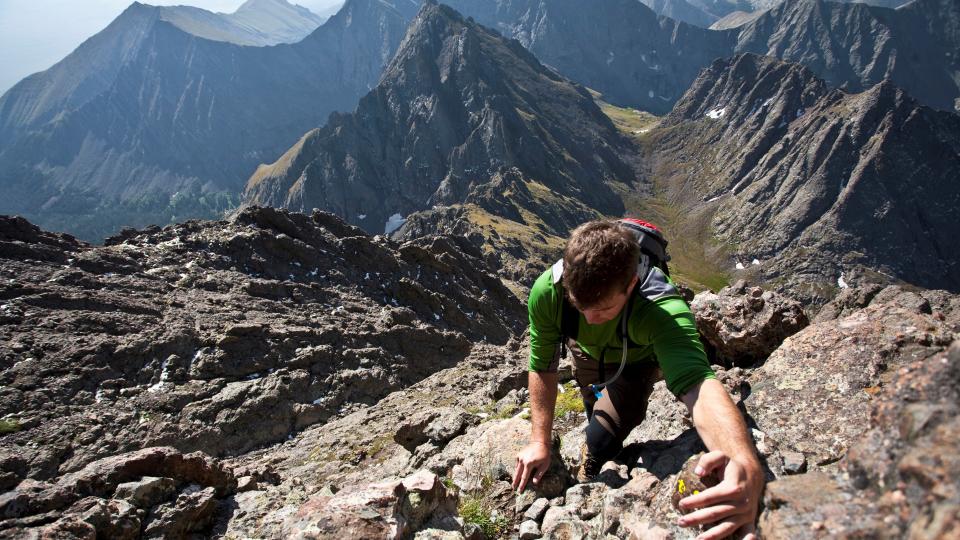
2. Am I experienced enough?
As you might have guessed from the previous question, knowing if you’re fit enough to tackle a bucket list hike comes down in part to experience. Without experience, you can easily end up like the family of five who bit off more than they could chew last year and ended up requiring a helicopter rescue from a snowy Colorado mountain.
Experience goes a long way when it comes to hiking safely, helping you to get a feel for the effects of elevation gain on your body, what conditions you might expect and what they mean for you. It helps you understand what you need to bring with you, such as how much water and extra clothing, and what not to bring with you on a hike, plus how to research a route.
If you’re new to hiking, act that way and begin with shorter, easier and more popular trails that don’t take you too far off the beaten path.
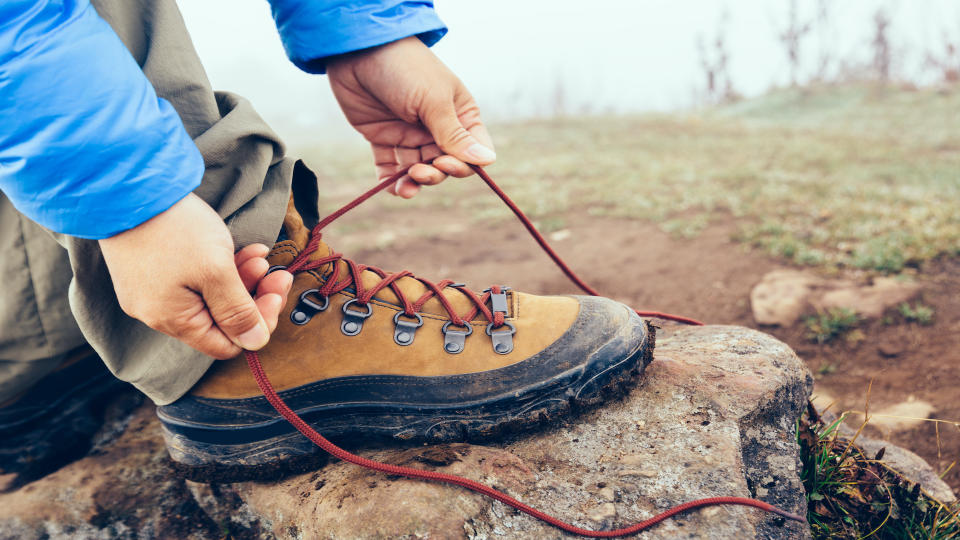
3. Do I have the skills?
Hiking, you might think, is just walking, and therefore doesn’t require a great degree of skill, but once you’re out in the wilderness there’s a lot you need to know that walking down a city street can’t prepare you for. Hiking skills include navigation, wildlife safety, emergency management, river crossings, careful planning and pacing, all of which can make the difference between a fun day out and a disaster.
Some trails aren’t very demanding, are well sign-posted and as long as you stick to the path really won’t require a lot of skill, but if you’re going into the backcountry, into higher elevations or on a technical hiking trail, you’ll want to brush up on your skills.
Of course, one obvious way to gain experience is by going hiking, and initially, it’s a good idea to go out with someone who has more experience and skill than you, so you can learn from them. You can also go hiking with a guide, consider events like the Arc’teryx Alpine Academy where you can take mountaineering skills workshops, and research courses in avalanche safety, navigation and crampon skills taking place near you.
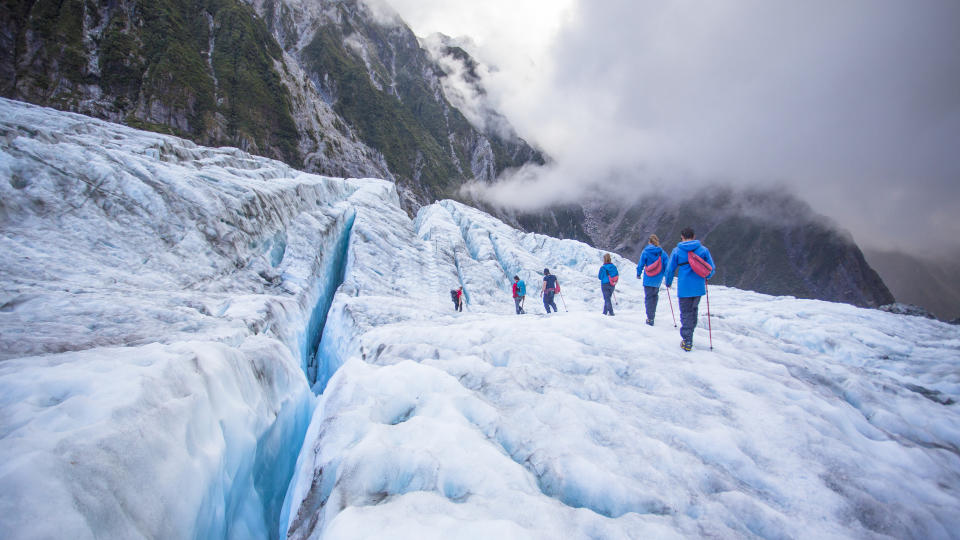
4. Am I overconfident?
This is probably the hardest question to answer, but if you are pretty sure you're invincible, then the answer is probably yes. As we explain in our article on real-life hiking survival stories, the biggest mistake people make is assuming nothing will go wrong. A good rule of thumb is to approach every hike as though you’re going to get lost or injured and spend a night on the trail.
Tales of overconfidence on the trails abound in the hiking world and can lead people to forget to tell someone where they’re going (here’s looking at you, Aron Ralston), getting cliffed out on a “shortcut” or requiring rescue amid 90mph winds and -52F temperatures after thinking you can just stroll up Mount Washington, the deadliest mountain in the US, in February.
As the mountaineering mantra dictates, on every hike it’s good to keep the following in mind: it's always farther than it looks, it's always taller than it looks and it's always harder than it looks.
Practicing humility doesn’t mean you have to miss out on hiking, but that you’ll be prepared for the worst and above all, know when to turn back. It doesn’t make you a wimp or a failure; it makes you a smart hiker who will live to see another trail.
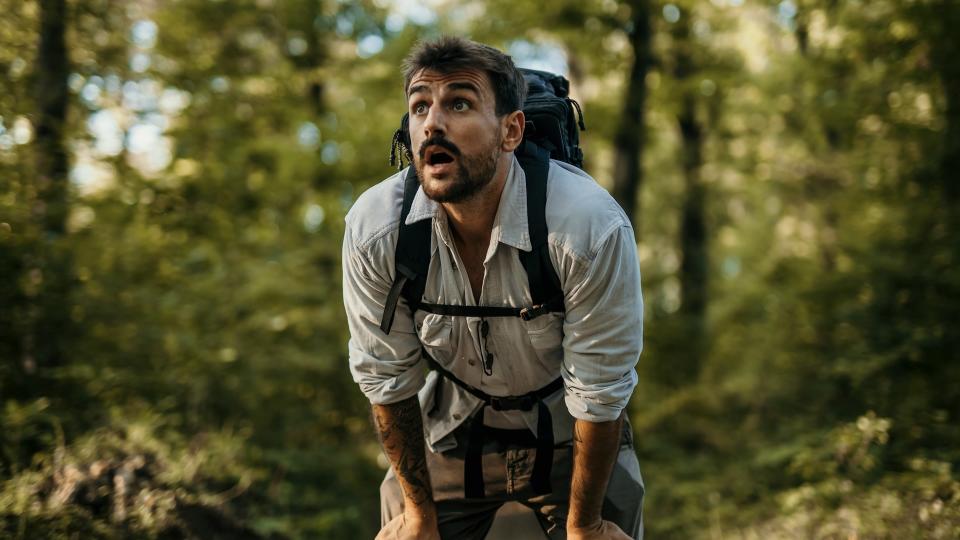
5. Do I have the right gear?
Let’s be clear here: good gear can’t get you up a mountain if you don’t have the fitness, skill or experience to get there, but it can keep you alive and comfortable while you’re doing it.
It can be difficult to know what hiking gear is a must-have and what is merely a “nice to have” and if we’re being honest, lots of people tackle hiking trails wearing sneakers and gym gear, carrying nothing more than a water bottle, and make it out alive. For a well-maintained trail that’s not technical, this approach is often fine, but as trails get more challenging and you ascend into high-altitude areas, you’re going to need more gear.
Hiking layers are a good idea for any hike at any time of year, helping you to avoid overheating as well as hypothermia. Footwear with good traction is important for all trails, whether that means lighter-weight trail running shoes and hiking shoes or more heavy-duty hiking boots. Similarly, a first aid kit with an emergency blanket should always be in your backpack, and in some climates, you’ll always want rain pants and a waterproof jacket. Items like crampons, an ice axe and helmet are overkill for many summer trails, but you shouldn’t be going mountaineering without them, and a map and compass are essentially for going into the backcountry.
Most of the time, the gear you bring on a hike will stay inside your backpack, but it’s still vital to bring it for those rare occasions when it could save your life – carrying camping gear like a bivy sack and sleeping bag is credited with 10 percent of hiking survival stories.

